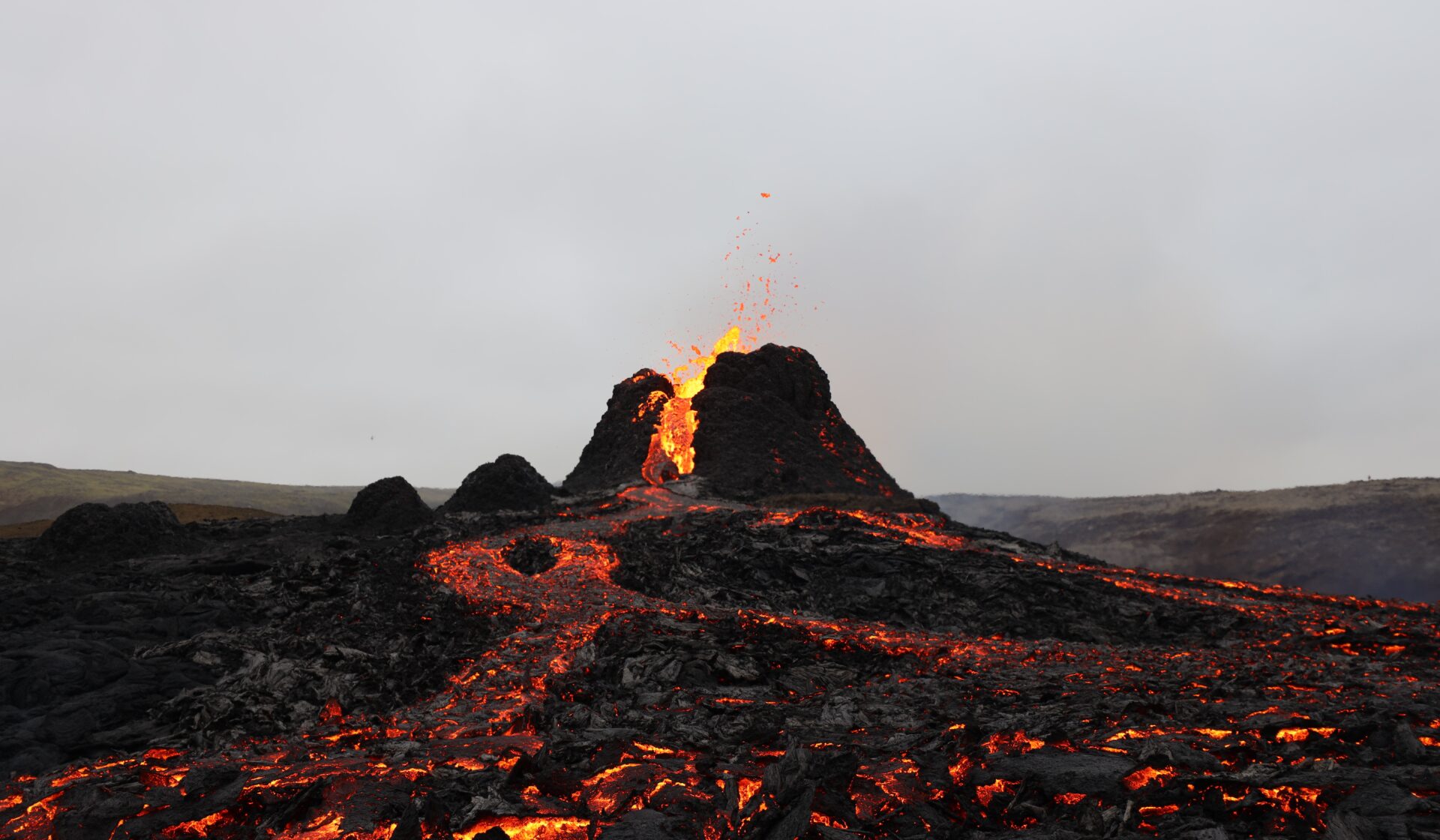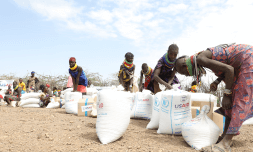Climate change has damaged our planet in many aspects. However, many overlook its effect on the Earth’s lithosphere which could potentially put many lives in danger.
Climate change is steadily causing a rise in sea levels and extreme weather events. This shift is affecting our planet’s crust, which is composed of tectonic plates that move over time.
While known for forming the continents, tectonic plates significantly impact climate patterns and vice versa.
Their movement can cause a variety of geological phenomena such as earthquakes, volcanic eruptions, mountain building, and the formation of ocean basins.
Tectonic plates move due to the underlying movements of the Earth’s mantle which is a semi-solid layer of hot, molten rock that lies beneath the Earth’s crust.
Any changes in mass on the Earth’s surface can affect the gravitational field, which in turn leads to tectonic movements, just as the redistribution of mass around the planet’s surface leads to a change in the gravitational field that causes a similar effect, resulting in geological phenomena.
The melting of glaciers and ice sheets is a significant consequence of climate change and has a direct impact on the Earth’s gravitational field.
Ice caps and glaciers are melting at an accelerated rate due to rising air and water temperatures, changes in precipitation patterns, and increased solar radiation. As more ice melts, it contributes to rising sea levels, which can have significant impacts on coastal communities and ecosystems.
When these masses of ice melt and flow into the oceans, they shift large amounts of mass from land to water, altering the distribution of mass on the Earth’s surface.
When there’s a modification to the amount of water in a particular region, “hydro-isostasy” occurs – a geophysical process that describes how changes in the distribution of surface water, such as rivers and lakes, can affect the Earth’s crust.
As water accumulates in a particular region, its weight presses down on the Earth’s crust, causing it to deform and sink slightly. Conversely, when water levels in a region decrease, the weight of the water is lifted, and the crust is able to rebound or rise back up.
The crust is then pushed down due to the weight of water. Whether it deforms or rebounds, this can cause neighboring tectonic plates to shift and move in response.
Atmospheric pressure refers to the weight of the Earth’s atmosphere pressing down on the surface of the planet.
As the planet’s temperature increases, the surface of the Earth also warms up. This warmer air expands and becomes less dense, which can lead to a decrease in atmospheric pressure at the Earth’s surface.
This decrease in atmospheric pressure can lead to changes in weather patterns, such as increased storm activity or changes in wind patterns. This pressure can be affected by changes in temperature, humidity, and other factors that are influenced by global warming.
When the atmosphere is denser in one region than in another, it can cause the underlying crust to deform, leading to changes in the stress patterns of nearby tectonic plates. In addition, changes in the movement of magma within the Earth’s mantle and ocean currents will be influenced, potentially leading to increased volcanic activity and the re-distribution of heat across the planet’s surface.
Its effect on ocean currents can lead to changes in precipitation patterns and other climate phenomena, which can in turn impact tectonic activity by altering the weight and distribution of surface water.




















